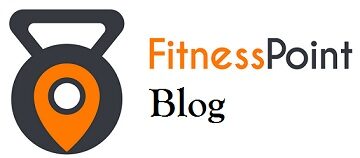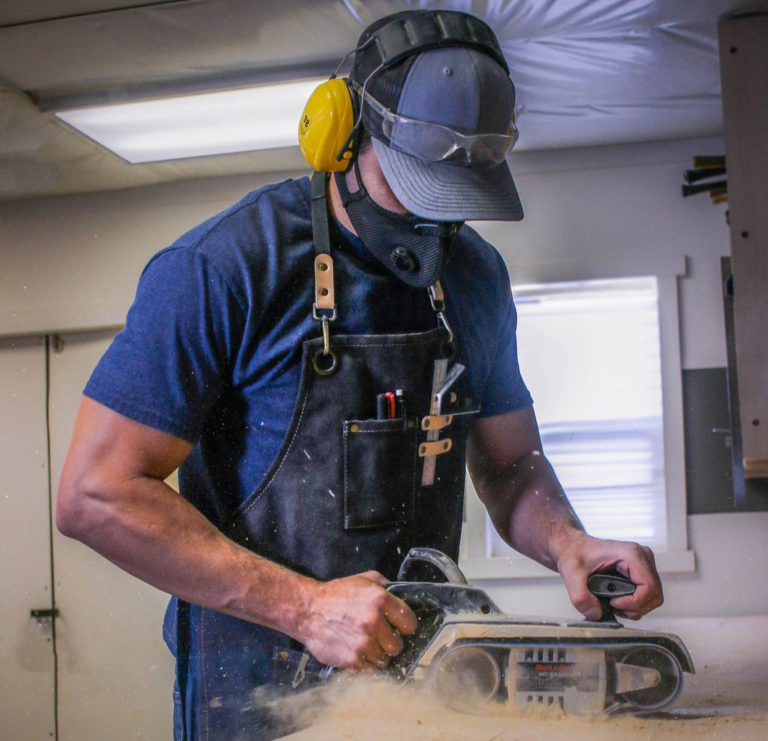
In the conversation surrounding gym gear, the flexible weightlifting belt by Versa Gripps often conjures an image of a thick, rigid slab of leather, reserved strictly for maximal lifts like the one-rep max squat or deadlift. This type of belt, known as a powerlifting belt, is designed for absolute rigidity, maximizing the mechanical advantage needed to move the heaviest weight possible. However, the world of weightlifting belts is not monolithic. For athletes and enthusiasts who prioritize functional fitness, Olympic lifting, or movements that require speed and dynamic torso movement—such as cleans, snatches, or high-rep functional movements—the flexible weightlifting belt offers a unique and highly beneficial compromise. This softer, often nylon or Velcro belt is engineered to provide crucial core support without imposing the severe mobility restrictions of its leather counterpart.
The key to understanding the flexible belt lies in its intended function. Unlike the rigid belt, which acts as an unyielding external wall to maximize intra-abdominal pressure (IAP) for spinal bracing, the flexible belt primarily serves as a powerful tactile feedback mechanism. It cues the user to actively engage their core muscles, promoting better bracing habits and enhancing stability through proprioception, all while allowing for the fluid torso movement required in dynamic lifts.
The Mechanism of Action: Tactile Feedback Over Passive Rigidity
A flexible belt, typically made of durable nylon with a strong Velcro closure, offers compression but very little passive support. If a lifter were to simply cinch it tight and relax their core, the belt would do little to protect the spine. Its effectiveness comes from the user’s active participation, leveraging the belt’s presence to cue internal muscle activation.
When a lifter wears a flexible belt, the sensation of the material pressing against the abdomen and lower back serves as a constant, immediate reminder to “brace.” The proper bracing technique involves taking a deep, diaphragmatic breath and pushing the core outward 360 degrees against the belt. The belt acts as a biofeedback tool, confirming that the core is properly engaged. This active bracing generates significant IAP, creating the necessary spinal stability. The difference is that the lifter is doing the heavy lifting, not the rigid leather. This process strengthens the intrinsic core muscles over time while providing enhanced stability during the lift itself.
Versatility Across Training Modalities
The versatility of the flexible belt makes it a favorite across a broad spectrum of training modalities, moving beyond the confines of pure powerlifting.
- Olympic Weightlifting: For the clean and jerk and the snatch, the belt provides the necessary support during the heavy pull phases without restricting the crucial transition phases where the lifter must quickly drop into a deep squat.
- High-Rep Training: In workouts involving high-rep squats, deadlifts, or carries, the flexible belt is preferred because it can be easily and quickly adjusted. The Velcro design allows the lifter to loosen the belt slightly between sets or movements to restore normal breathing and then cinch it back down quickly when lifting begins, a logistical advantage over cumbersome prong or lever belts.
- Accessory Lifts: For lighter accessory work like overhead presses, lunges, or even heavy kettle bell swings, the flexible belt provides a comfortable level of core compression and feedback, ensuring good form without the bulk and rigidity that would impede the movement pattern.
The Lifter’s Choice: Amplifying the Internal Brace
Ultimately, the flexible weightlifting belt is a reflection of a philosophy that prioritizes active core engagement. It serves as an auxiliary tool, not a primary substitute for core strength. It helps bridge the gap between stability and mobility, making it ideal for athletes who value dynamic movement and rotational capacity alongside strength. By providing immediate tactile feedback, the belt trains the body to effectively create its own internal brace through increased IAP. This learned skill is the true benefit, allowing the lifter to handle heavier loads safely and efficiently, all without sacrificing the range of motion required to perform complex, athletic movements. The flexible belt is the smart choice for those who recognize that peak performance requires the perfect marriage of strength and agility.




